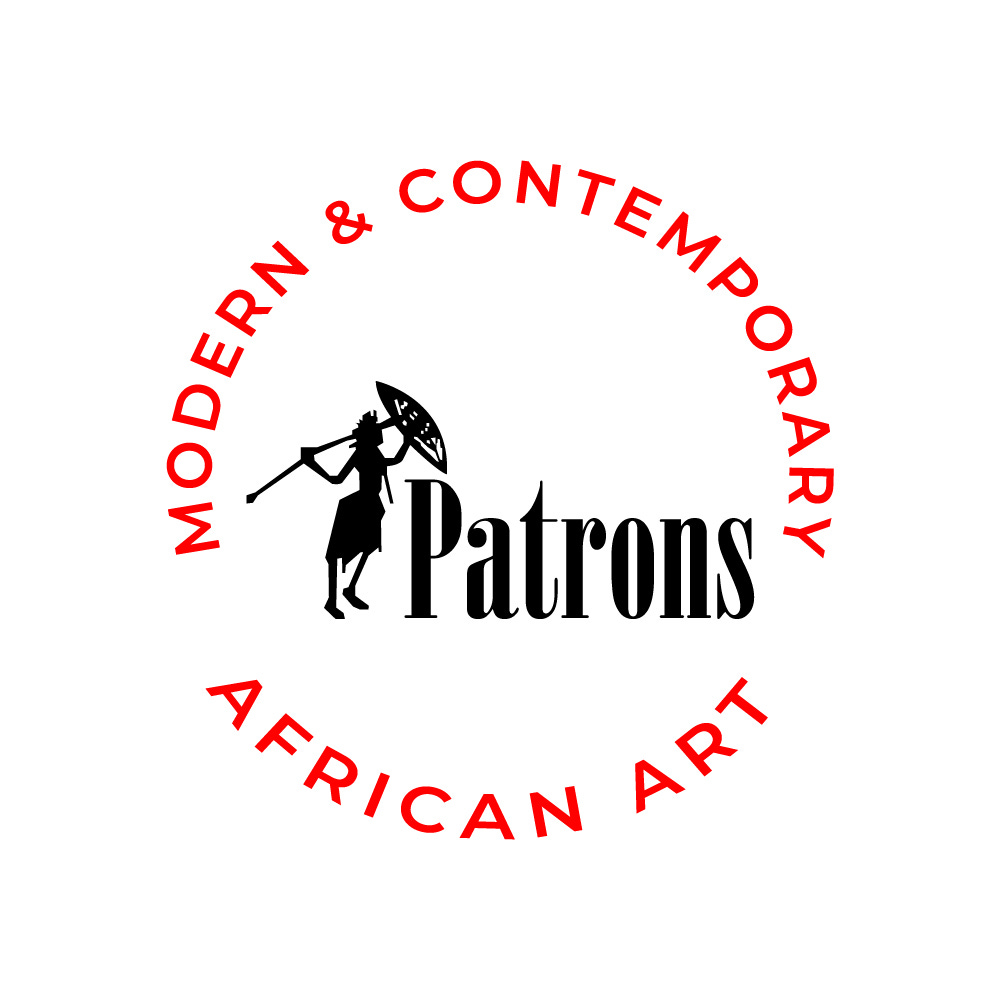
African art isn't just beautiful—it’s powerful. It holds history, culture, and identity. From ancient carvings to futuristic digital works, it tells the story of who we are and where we come from.
But here’s the big question: How do we honour that rich heritage while embracing new, modern ways of showing and sharing it?
Today, curators must walk a fine line between preserving tradition and welcoming innovation. Many African artefacts still sit in Western museums, taken during colonial times. Countries like Nigeria and Ghana are now demanding their return—and building state-of-the-art museums to house them.
At the same time, technology is reshaping how we engage with art. Think VR tours, digital archives, and interactive displays (as discussed in this publication). But with all this progress, the mission stays the same: to protect the past and connect it meaningfully to today.
Top Picks from Our Collection



Reframing the Past: Innovation Without Erasing Identity
Heritage isn’t stuck in time—it evolves. Still, there’s a thin line between evolution and dilution. In today’s fast-moving art world, curators must ask: are we enhancing history or just decorating it?
This is where ethical innovation comes in.
Let’s be clear—technology isn’t the enemy. In fact, it can bring old stories to life in amazing ways. Augmented reality can walk visitors through ancient rituals. Interactive installations can make oral traditions feel visceral. Digital archives can protect fragile artworks for future generations.
But it all comes down to intent. Are we using tech to serve the story, or are we using the story to serve the tech?
When done right, innovation doesn't overshadow heritage. It extends it. It creates bridges between the elders and the youth. Between rural stories and global screens.
That’s the true goal of ethical curation—progress with purpose.
Tech Meets Culture: Tools, Not Trends
Innovation must be more than just a trend. It has to make sense within the cultural context. Throwing VR goggles at an exhibit won’t make it better unless it adds depth.
Projects like the Museum of West African Arts Lunch and Learn Series: Preserving African Heritage in the Digital Age are leading this digital charge. They are helping African curators digitise collections and train in new tech.
But here's the catch—innovation must be respectful. Art isn’t just content. It’s culture. That means digital versions should honour the meaning behind each piece. And creators must get community consent, especially when sacred or symbolic works are involved.
Also, tech isn’t everything. Not every visitor has access to fancy tools. A great museum blends new ideas with old-school storytelling. Sometimes, a simple story that is told well hits harder than the flashiest app.
Centering the Community
Ethical curation starts with people. You can’t tell someone’s story without letting them speak.
That’s why curators like Nana Oforiatta Ayim are taking museums to the people. Her mobile museum project in Ghana is a powerful example. Instead of waiting for people to visit a building, she brings the art to them.
This kind of engagement makes the art feel alive. It’s not just history—it’s part of daily life. When communities are involved, museums become places of dialogue, not just display.
Balancing heritage and innovation isn’t easy. But it’s necessary.
Africa’s art deserves to be seen, understood, and celebrated by both local communities and the world. That means protecting what came before while boldly exploring what comes next.
When curators respect the past and welcome fresh voices, the result is powerful. Art becomes more than objects. It becomes a living, breathing connection between generations.
Let’s keep that connection strong.



